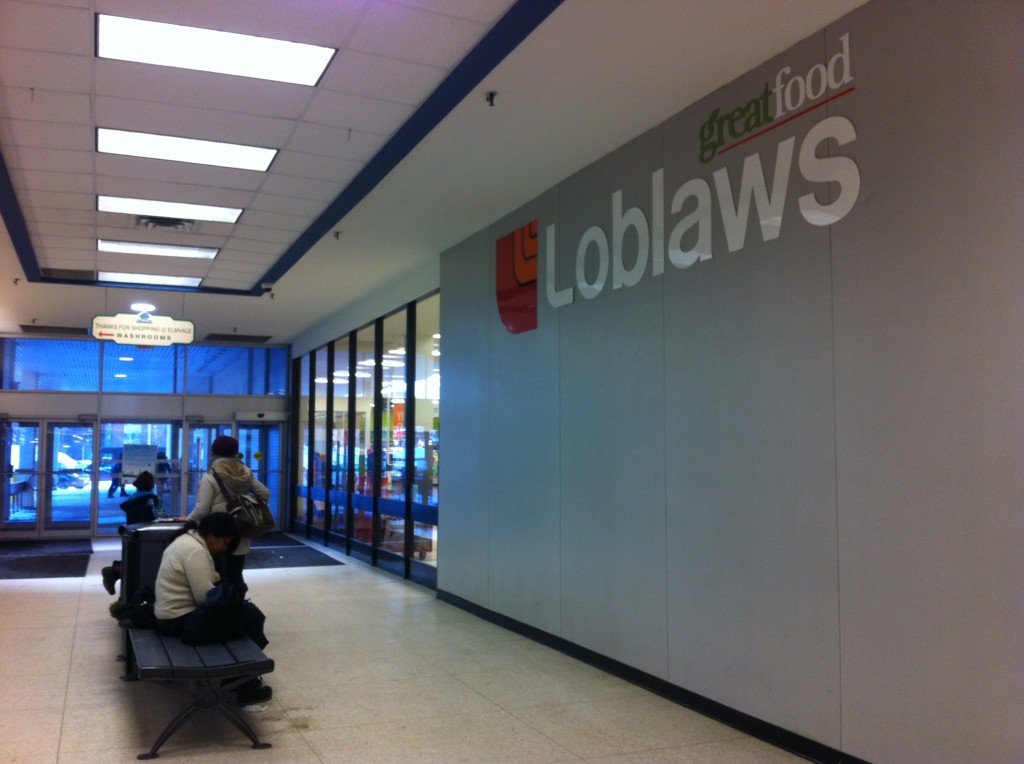
It’s only the first year after Loblaw Companies Limited and Shoppers Drug Mart’s business marriage.
But for some employees, the honeymoon phase is illusive.
A year after acquiring Shoppers Drug Mart, Loblaw is reporting $44 million in savings as a positive effect of the merger.
But, it cost them $46 million to fire employees and cut departments.
Two things typically happen when companies merge– they save more money together and they also cut employees, according to Carleton professor Qui Chen.
That’s exactly what happened after Loblaw Co. bought Shoppers Drug Mart last year, according to the most recent Loblaw financial statement.
Except it cost Loblaw more to fire its employees than the amount it saved from its merge with Shoppers Drug Mart.
Two scenarios can ensue during this honeymoon phase, said Chen.
First, there is an increase in savings if the company can negotiate better deals for purchasing goods.
Savings can also increase because of layoffs and the cutting of overlapping departments. This is manifested in the layoffs of corporate employees in the Tim Hortons and Burger King merger.
Second, there are internal struggles after a merge that decreases the company’s overall efficiency.
“When I say lots of internal battles, it’s because people are not happy,” said Chen.
Unhappy people means less efficient people. Less efficiency means a lavish price-tag for the company.
“You can see a lot of waste because of this internal battle sometimes,” said Chen.
Loblaw’s saving of $44 million is explicable by case number one.
“Big companies have negotiation power,” said Chen. “Big companies get bigger discounts.”
On the other hand, the $46 million cost to fire employees makes scenario two also a possibility.
Prior to the merger, Loblaw reported that it cost $35 million to cut employees in 2013.
This compares to this year’s $46 million in just nine months into their 2014 fiscal year.
This year, the cuts were mainly corporate and store sales employees, as well as executives at certain departments, according to the financial statement. Departments like advertising, marketing and transportation are likely to suffer.
This spike in layoff costs is normal after a merger, said Chen.
The increased savings are normal too. “Employees are gone, which means cost saved because we don’t need to pay salaries and we don’t need to run all the departments,” she said.
The marriage of two companies doesn’t look so promising for some employees. Though, for customers, this could be good news.
“For the whole company, I would say it’s more efficient,” said Chen. “That’s good for customers because we get a lower cost of everything.”
Loblaw set a $100 million merger savings goal for the 2014 year.
The goal of $100 million is a reasonable one, according to Chen.
At nine months, Loblaw is still less than halfway there. The financial statement, however, reports that they are “on track” to achieve this goal.
“They say ‘on track’, but that does not necessarily mean it’s really on track,” said Chen.
In an email correspondence, Loblaw Vice President of Communications Kevin Groh said, “We are pleased with our progress to date and remain entirely confident in our ability to meet our [….] goals.”
These savings goals may be met, but at the expense of Loblaw employees.
